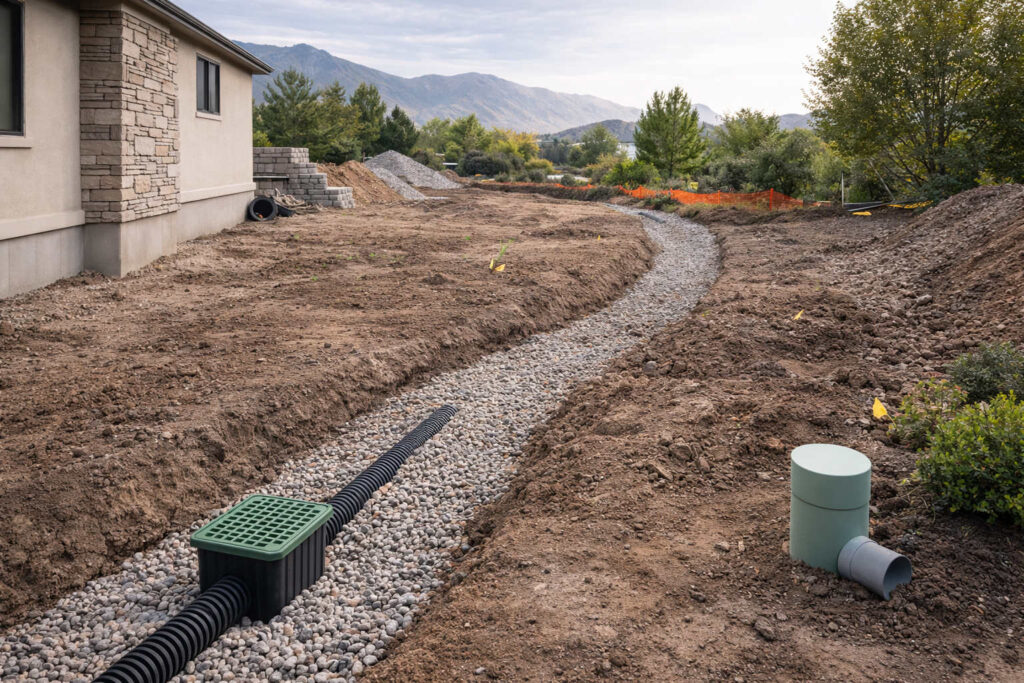Extreme heat can pose significant challenges for maintaining the landscape of a commercial property. High temperatures can cause stress, dehydration, and damage to plants and lawns, impacting the overall appearance and health of your landscape. However, with the right strategies, businesses can protect their landscape from extreme heat and ensure it remains attractive and inviting. This comprehensive guide offers expert tips on how businesses can safeguard their landscape during hot weather, promoting resilience and sustainability.
Understanding the Impact of Extreme Heat on Commercial Landscapes Extreme heat can lead to several issues in commercial landscapes:
- Dehydration: High temperatures increase evaporation, causing plants and grass to lose moisture rapidly.
- Heat Stress: Prolonged exposure to extreme heat can cause wilting, leaf scorch, and reduced growth.
- Increased Pest Activity: Heat-stressed plants are more susceptible to pests and diseases.
- Soil Compaction: Extreme heat can cause soil to harden, reducing its ability to retain moisture and nutrients.
Watering Strategies for Hot Weather
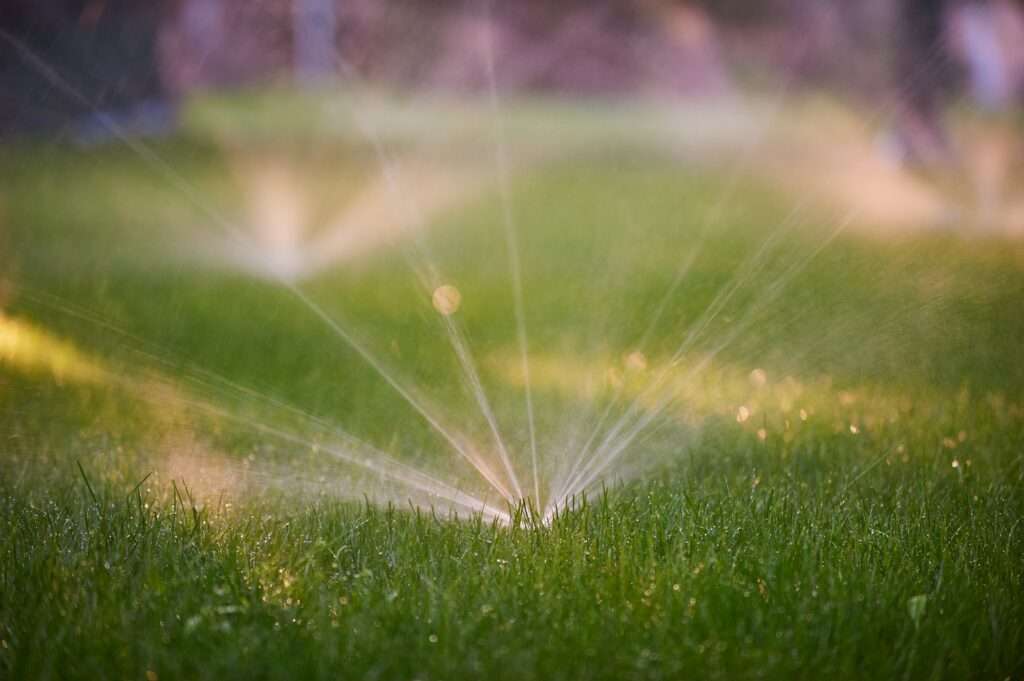
Implement Deep and Infrequent Watering Deep watering encourages deep root growth, making plants and grass more resilient to heat stress. Water your landscape thoroughly but less frequently, ensuring the water reaches the root zone. Aim for about 1 to 1.5 inches of water per week, including rainfall.
Water Early in the Morning Watering early in the morning reduces evaporation and allows plants to absorb moisture before the heat of the day. Avoid watering in the evening, as prolonged moisture can promote fungal diseases.
Use Efficient Irrigation Systems Consider installing drip irrigation systems or soaker hoses to deliver water directly to the roots, minimizing evaporation and ensuring efficient water use. Smart irrigation controllers can adjust watering schedules based on weather conditions, further optimizing water usage.
Creating Shade and Reducing Heat Stress

Use Shade Cloths and Tents Temporary shade cloths or tents can protect sensitive plants from intense sunlight. Move them as needed to different parts of your landscape to provide relief from the heat.
Plant Trees and Shrubs Strategically Planting trees and shrubs strategically can provide natural shade for your landscape. Choose drought-tolerant species that require minimal water once established. These plants can also act as windbreaks, reducing the drying effects of hot winds.
Incorporate Mulching Applying a layer of mulch around plants and trees helps retain soil moisture, regulate temperature, and reduce weed competition. Organic mulches, such as wood chips, straw, or shredded leaves, also improve soil structure and fertility.
Improving Soil Health

Add Organic Matter Incorporating organic matter, such as compost or well-rotted manure, into your soil improves its water-holding capacity and fertility. Healthy soil supports robust plant growth and reduces the impact of heat stress.
Aerate the Soil Aerating the soil helps improve water infiltration and root growth. This is especially important in compacted soils that can become hard and impenetrable during heat waves.
Use Soil Moisture Sensors Soil moisture sensors help monitor soil moisture levels and ensure your plants receive adequate water. Adjust your watering schedule based on the sensor readings to avoid over or under-watering.
Pruning and Maintenance During Extreme Heat
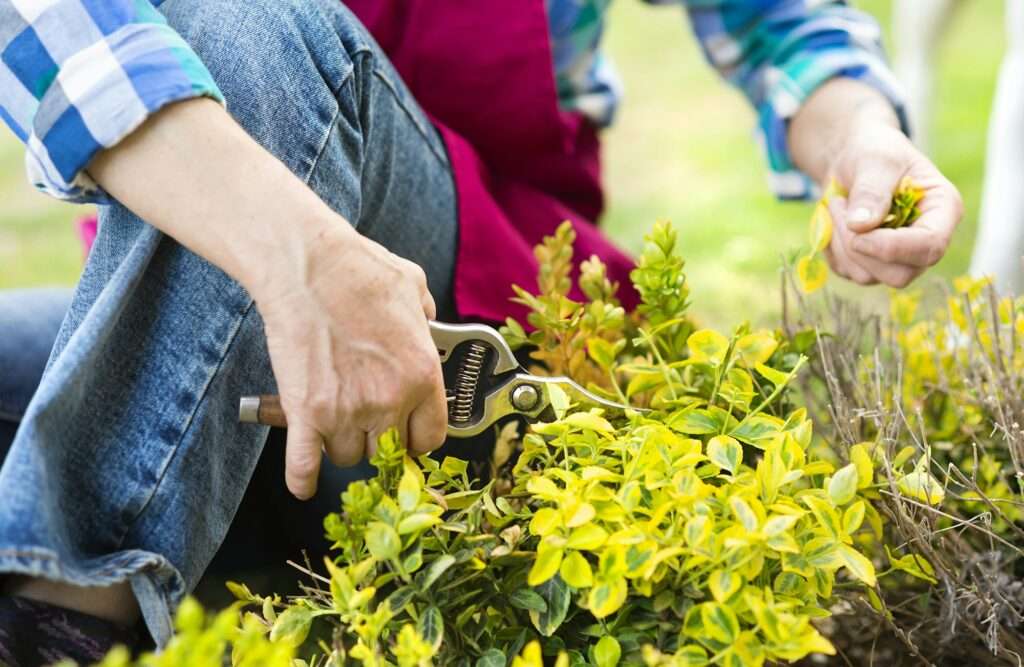
Avoid Heavy Pruning Avoid heavy pruning during heat waves, as it can stress plants and reduce their ability to cope with high temperatures. Instead, remove only dead or damaged branches to maintain plant health.
Monitor for Pests and Diseases Heat-stressed plants are more vulnerable to pests and diseases. Regularly inspect your landscape for signs of pest activity and disease, and take appropriate measures to control them.
Support Young and Newly Planted Trees Young and newly planted trees are particularly susceptible to heat stress. Provide extra water and shade, and consider using tree guards or wraps to protect their trunks from sunscald.
Selecting Heat-Resistant Plants and Trees

Choose Drought-Tolerant Species Selecting drought-tolerant plants and trees is an effective way to reduce water demand and ensure your landscape thrives during heat waves. Some popular drought-tolerant species include:
- Succulents: Such as agave, sedum, and echeveria.
- Perennials: Like lavender, yarrow, and Russian sage.
- Trees: Including oak, maple, and pine.
Incorporate Native Plants Native plants are well-adapted to local climate conditions and typically require less water and maintenance. Incorporating native species into your landscape can enhance its resilience to heat stress.
Designing a Heat-Resilient Landscape
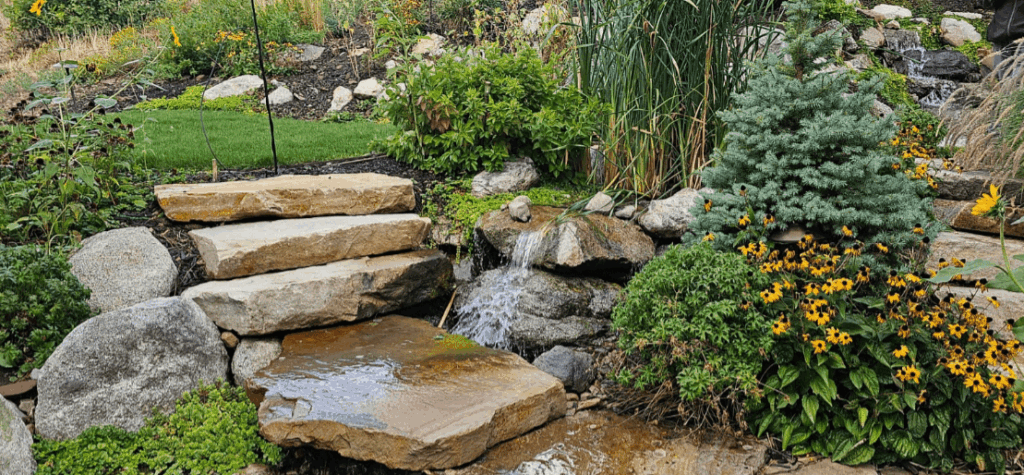
Group Plants with Similar Water Needs Grouping plants with similar water needs together helps ensure they receive the appropriate amount of water and reduces competition for resources.
Create Microclimates Design your landscape to create microclimates, which are small areas with slightly different conditions than the surrounding environment. Use trees, shrubs, and structures to create shaded, cooler spots within your landscape.
Use Ground Covers Ground covers, such as creeping thyme or clover, help retain soil moisture, reduce evaporation, and suppress weed growth. They also provide additional shade for the soil.
Long-Term Maintenance Strategies
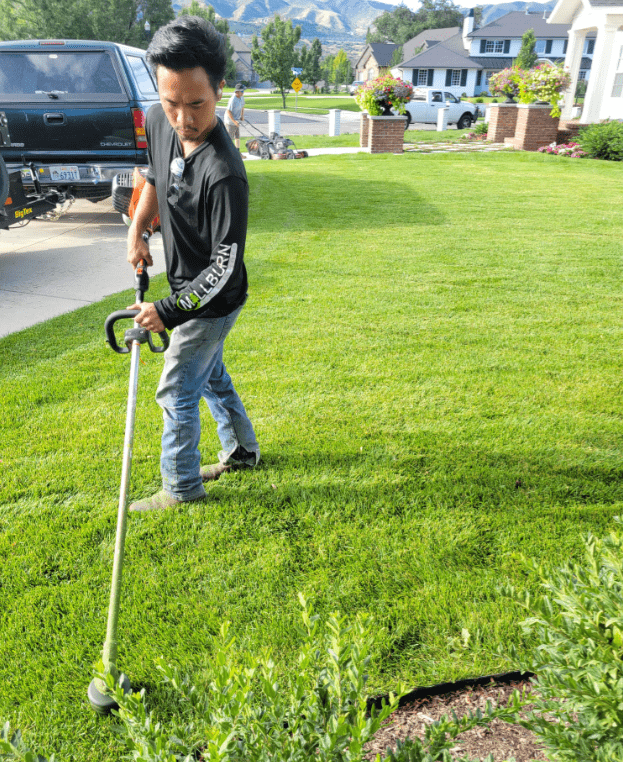
Develop a Seasonal Maintenance Schedule Adapt your maintenance practices to seasonal changes. Key activities include:
- Spring: Apply pre-emergent herbicides, mulch garden beds, and conduct soil tests.
- Summer: Maintain proper irrigation, mow regularly, and monitor for weeds and pests.
- Fall: Apply post-emergent herbicides, remove fallen leaves, and prepare the landscape for winter.
- Winter: Plan for the upcoming season, maintain equipment, and address any remaining issues.
Regular Inspections and Adjustments Conduct regular inspections of your landscape to identify and address any issues early. Adjust your maintenance practices based on weather conditions and the specific needs of your plants.
Professional Landscape Maintenance Services Consider hiring professional landscape maintenance services for expert care and advice. Professionals have the knowledge, experience, and equipment to manage your landscape effectively and ensure it remains healthy and attractive year-round.
Protecting your commercial landscape from extreme heat requires proactive measures and diligent care. By following the expert tips outlined in this guide, you can safeguard your landscape and ensure it remains vibrant and inviting during hot weather. Remember to implement efficient watering strategies, create shade, improve soil health, and select heat-resistant plants. With the right strategies, your business can maintain a beautiful and resilient landscape, even in the hottest conditions.
”);
